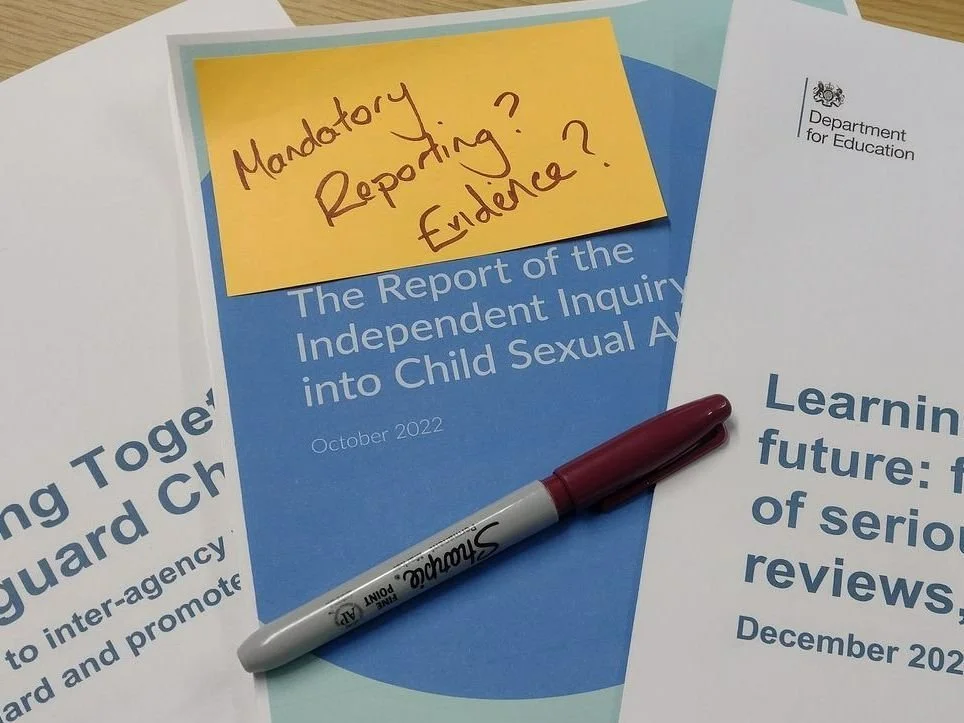Support to Report: Empower your staff and Keep them safe
Support to Report: Empower your staff and Keep them safe. Article written by Lois Churcher about the regularity of workplace bullying, harassment, and misconduct, backed up by statistics and research. Lois discusses the ways in which this affects the success of organisations and how we can stop it.
Trust Brings Enrollment: The Protective Benefit for Arts Organisations
Trust Brings Enrollment: The protective benefit for arts organisations. Article written by Lois Churcher discussing the importance of proper safeguarding practices in performing arts organisations.




















